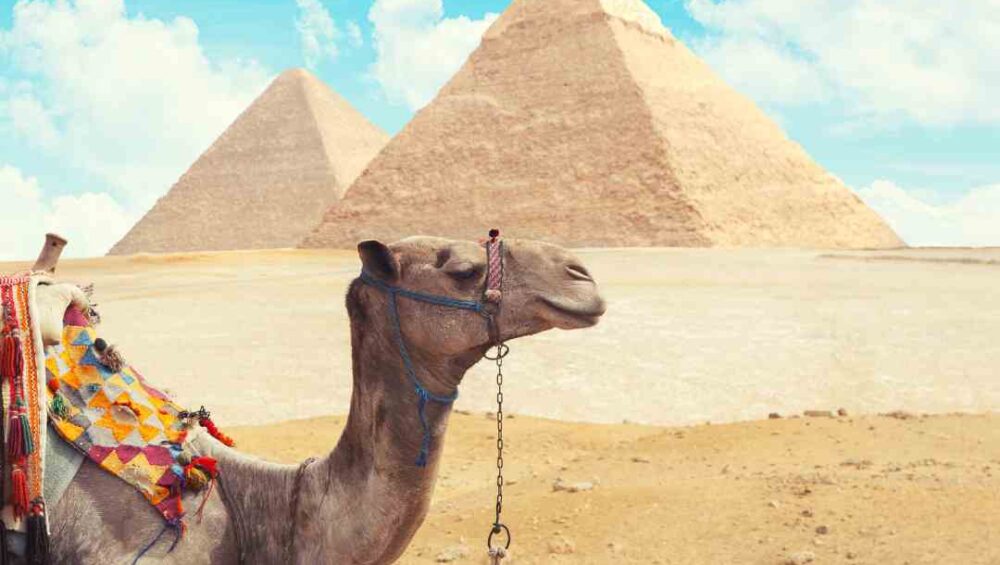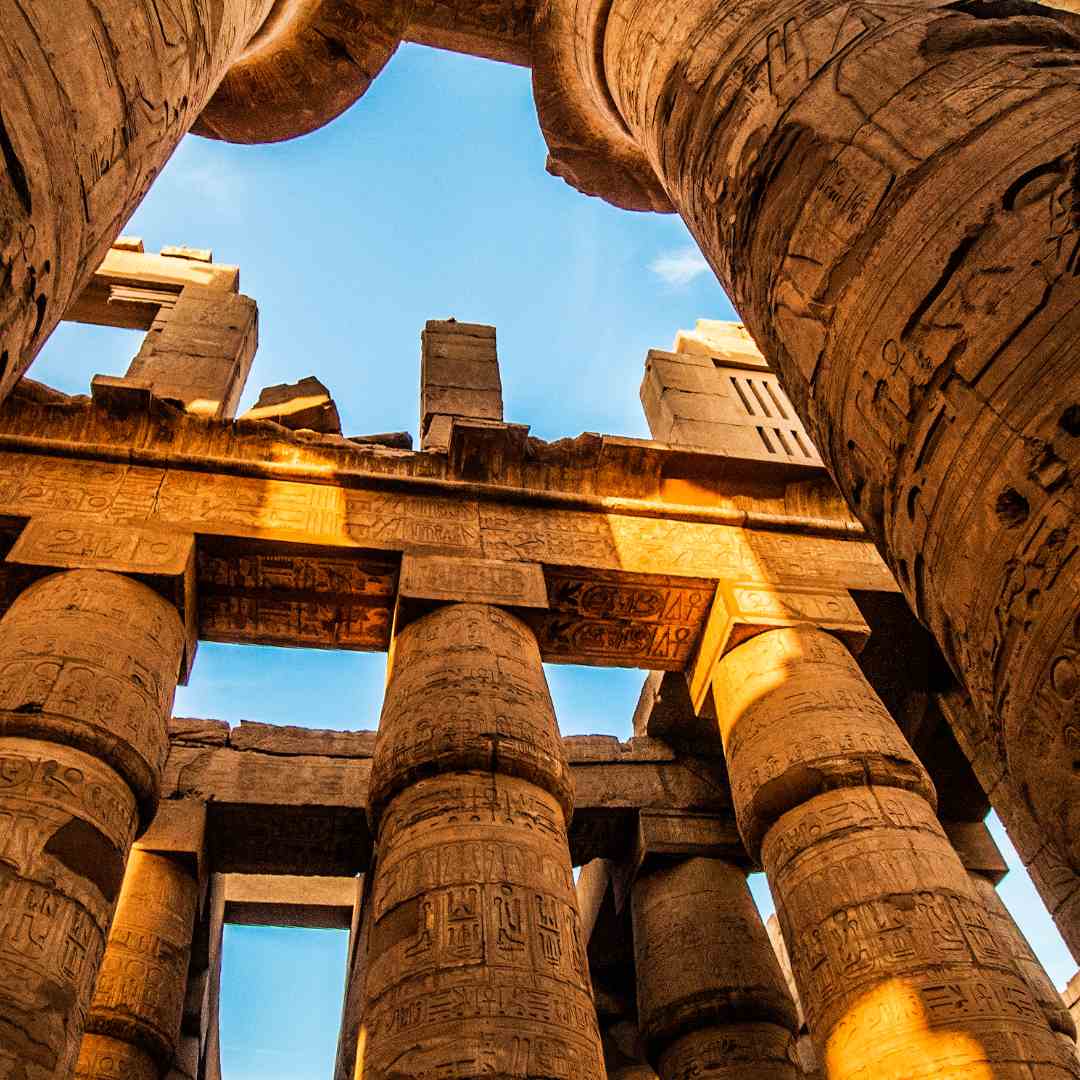Egypt’s Geographic Location and Demographics
Egypt, also known as the Arab Republic of Egypt (Misr in Arabic), sits in the northeastern corner of Africa with an extension into Asia through the Sinai Peninsula. The Mediterranean Sea borders Egypt to the north (995 km), the Red Sea to the east (1941 km), Libya to the west, and Sudan to the south. Covering an area of 1,002,000 square kilometers, Egypt houses around 90 million inhabitants, with the majority living on only 4% of its land. Cairo, the capital, is the largest city, accommodating approximately 25% of the population, while Alexandria serves as the second capital and the second-largest city.
Historical and Cultural Influence
Egypt The Gift of the Nile: Cradle of Civilization
Referred to as the “Gift of the Nile,” Egypt’s early civilization flourished along the river. Around 5500 BC, small tribes in the Nile Valley evolved into advanced cultures with strong agricultural and animal husbandry practices. These cultures, such as the Badari in Upper Egypt, were known for their high-quality ceramics, stone tools, and copper usage.
Dynastic Eras and Architectural Marvels
Foreign Conquests and Modern Transformation
After the golden age, Alexander the Great led the Greek invasion and established Alexandria as the new capital. Subsequently, the Ptolemaic period, marked by Cleopatra’s reign, was followed by 600 years of Roman rule, during which Christianity emerged. Later, the advent of Islam transformed Egypt into an Islamic state. Furthermore, Egypt fell under Ottoman control during the era of Mohamed Ali Pasha (1805-1849). The country then transitioned into a kingdom before the 1952 revolution led by Nasser, which ultimately established the Arab Republic of Egypt.






